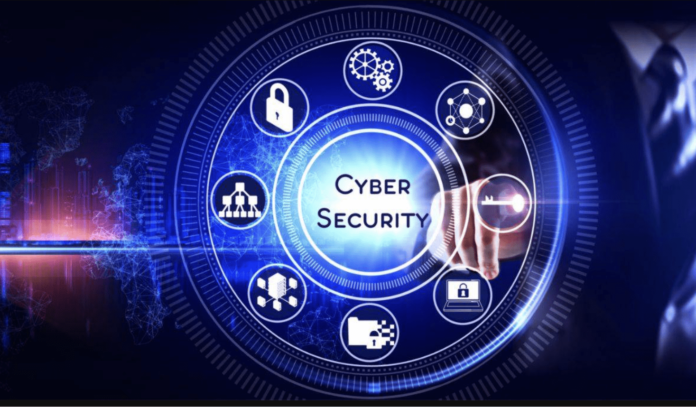In today’s digital world, cybersecurity can’t just be an IT issue — it must be part of the entire organization’s DNA. Strengthening your company’s cybersecurity structure means embedding security into your daily operations, ensuring everyone understands their role, and preparing for threats before they happen.
Here’s how organizations — from small startups to large enterprises — can build a strong, user-centered cybersecurity structure.In today’s digital world, cybersecurity can’t just be an IT issue — it must be part of the entire organization’s DNA. Strengthening your company’s cybersecurity structure means embedding security into your daily operations, ensuring everyone understands their role, and preparing for threats before they happen.
Here’s how organizations — from small startups to large enterprises — can build a strong, user-centered cybersecurity structure.
Make Cybersecurity Part of Your Business Strategy
Cybersecurity works best when it supports your business goals rather than standing apart as a separate function. Here’s how:
- Align with business objectives: Treat cybersecurity as a key enabler of trust and growth.
- Risk management: Identify the biggest risks to your data and systems, and make a plan to reduce them.
- Get leadership involved: Ensure senior leaders champion cybersecurity so it gets the attention and resources it needs.
- Plan for today and tomorrow: Build a cybersecurity strategy that adapts as your business — and the threat landscape — evolves.
Clarify Roles and Responsibilities
Everyone has a part to play.
- Define roles clearly: From risk managers to incident responders, make responsibilities known.
- Encourage cross-team collaboration: Security is a shared responsibility across IT, HR, legal, and more.
- Upskill your team: Provide regular training to strengthen technical and communication skills.
Work Together and Share Information
Security improves when people share knowledge and work together.
- Talk within the company: Let teams discuss and plan security together.
- Partner with others: Work with other companies, industry groups, and government agencies to share tips and warnings about threats.
- Be ready for emergencies: Test your plan for handling attacks so your team can act quickly if needed.
Strengthen Your Security Controls
Put in place the right technologies and processes to protect your organization:
- Multi-factor authentication (MFA): Add extra layers of protection for all accounts.
- Backups and recovery plans: Make sure your data is backed up and that you can recover quickly if something goes wrong.
- Device protection: Use endpoint security solutions to defend against viruses, malware, and other threats.
- Patch vulnerabilities: Keep your systems up to date to close off easy paths for attackers.
- Monitor for threats: Use tools like SIEM (Security Information and Event Management) to spot unusual activity and respond fast.
Focus on Continuous Improvement
Cybersecurity is an ongoing effort.
- Train regularly: Help staff spot phishing, scams, and risky behavior.
- Review risks often: Identify weak spots and address them.
- Stay informed: Adapt your strategy as new threats emerge.
💡 Why This is Important
If cybersecurity is part of your company’s culture, you can protect your data, gain customer trust, and avoid losses. Together, your team can face any challenge that comes from the digital world.
Frequently Asked Questions and Answers on Cyber Security
1.What is the organizational structure of a cybersecurity company?
A cybersecurity organizational structure depends on effective leadership and multiple lines of defense, which correspond with different teams of divisions
2.What are the methods of increasing cyber security?
Back up your data,Use strong passwords and multi-factor authentication,Be aware of your surroundings,Be wary of suspicious emails,Install anti-virus and malware protection,Protect your device when it’s unattended.
3.Which organization is responsible for cyber security?
In India, the Indian Computer Emergency Response Team (CERT-In) is the primary organization responsible for cyber security.
4. Who is responsible for your organization’s cyber security?
The CISO is typically the highest-ranking official responsible for cyber security within an organization.
5. What is the organization’s cyber security policy?
Cybersecurity policies are structured frameworks designed to protect an organization’s information and systems from evolving cyber threats.











